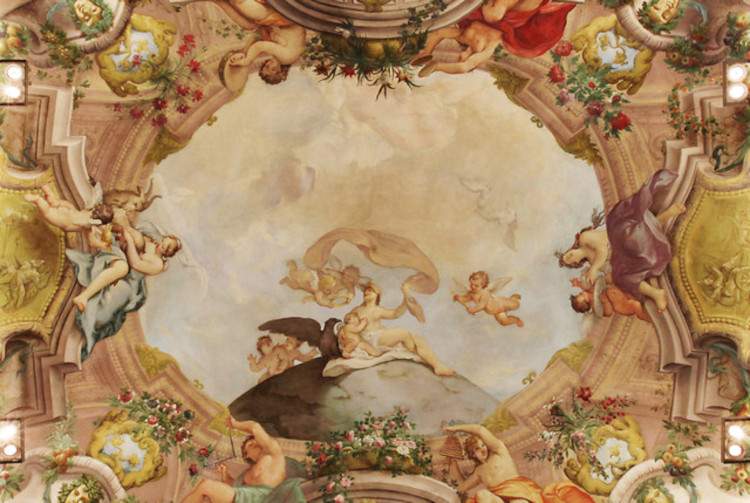University of Bologna patents new and precise restoration technique using light
TheUniversity of Bologna in collaboration with CSIC - Consejo Superior de Investigaciones Científicas has patented a new restoration technique, applicable to paintings, frescoes, prints, mosaics, sculptures and monuments, that uses light. A special solution is applied to the affected surface and then irradiated with a light source at a specific wavelength that can dissolve calcium carbonate crystals, among the main causes of deterioration in frescoes.
“Being able to use light to control the dissolution of calcium carbonate means that the process can take place in a very localized way, with high precision, only in the illuminated area,” explains Marco Montalti, professor at theAlma Mater’s Department of Chemistry “Giacomo Ciamician,” who coordinated the study. “Moreover, relying on the use of aqueous solutions and using a low-cost light source, this technique is also cheap and safe for restoration workers.”
The causes of artwork deterioration can be various, from material instability to soluble salts in water, humidity and thermal conditions, as well as air pollution and biological action. All of these cause the formation of calcium carbonates. These can attack even very small areas of a fresco and until now could only be removed using solvent mixtures that in many cases were toxic.
“Frescoes have a constant need for restoration because they are highly exposed to external agents, often more so than other works of art, and restoration is typically carried out using organic solvents or polymeric materials: interventions that are often invasive and not very selective,” added Arianna Menichetti, a researcher at the Department of Chemistry “Giacomo Ciamician” who participated in the study. “Instead, the project we worked on proposes a local restoration technique that is optimal for frescoes, but potentially applicable to other types of artworks such as paintings, prints, mosaics, sculptures and monuments.”
Dissolution of carbonates through controlled pH decrease is a much more precise and safer cleaning method.
 |
| University of Bologna patents new and precise restoration technique using light |
Warning: the translation into English of the original Italian article was created using automatic tools. We undertake to review all articles, but we do not guarantee the total absence of inaccuracies in the translation due to the program. You can find the original by clicking on the ITA button. If you find any mistake,please contact us.




























